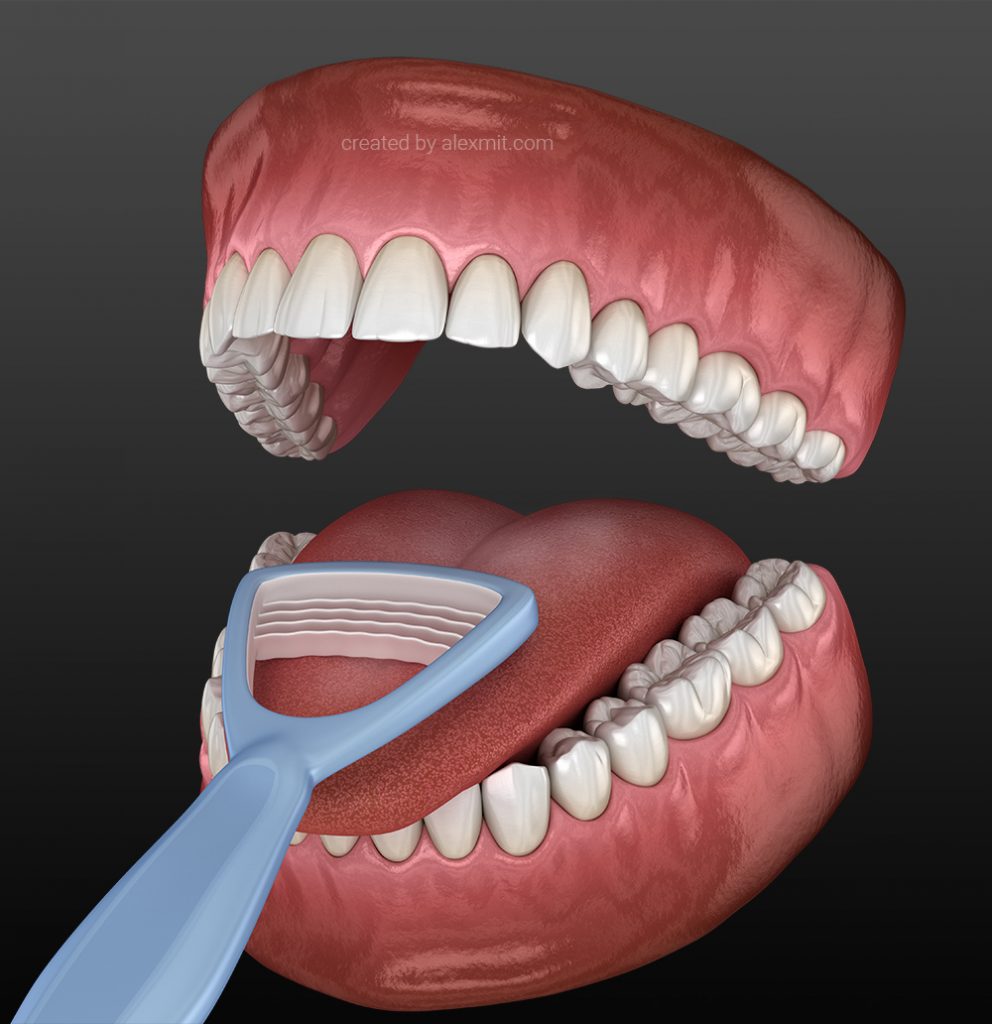
What Is Tongue Scraping?
Tongue scraping is the process of running a simple tool across your tongue to remove bacteria, food particles, and other debris from the surface.
It’s been around for at least a couple of thousand years. The Romans did it. The Victorians did it. Even George Washington, famous for his dental troubles, did it.
You can get a similar effect if you simply brush your tongue a few times as you brush your teeth. But some experts say a dedicated scraping tool is better at removing plaque and bacteria from the tongue’s surface.
Tongue Scraping Benefits
In theory, scraping your tongue could help maintain the right balance of “good” bacteria in your mouth. This good bacteria could produce more nitric oxide, which nourishes stem cells that help to repair and replace older damaged cells.
That’s why, though studies are still very limited, some scientists think regular tongue scraping could improve bad breath, enhance taste, and lessen cavities.
It may be especially good for a “coated tongue,” which means a buildup of bacteria and dead cells that could result from things like:
- Medication use
- Smoking
- Dry mouth
- Inconsistent brushing
- Yeast infections
So, while research is limited, tongue scraping is safe if you do it correctly. And it can leave your mouth with a squeaky-clean feeling that many people really like.
How to Scrape (Clean) Your Tongue
It’s easy to add tongue scraping to your brushing routine. First, brush and floss your teeth as usual. Then:
- Stick out your tongue
- Start the scraper at the very back of the tongue
- Run the scraper all the way to the front 2 or 3 times
- Use light pressure (If it hurts or cuts your tongue, it’s too much.)
- Rinse the scraper under warm water between scrapes
- Swish your mouth out with water afterward
- Rinse the scraper off once you’re done
How to Choose a Tongue Scraper
There are a number of options that you can find online. These include:
- Brush tongue scrapers typically have a long handle like a toothbrush and a tip with ridges or short bristles to scrape along the tongue. They’re not big enough to cover the whole tongue at once, so you’ll need to make several passes. With regular use, it’s best to replace them every 3 to 4 months.
- Plastic tongue scrapers are a thin plastic wire bent into a U-shape.
- Metal tongue scrapers are typically a thin, U-shaped metal wire. They typically last longer than plastic ones — check the package or see the manufacturer’s website for details. With careful placement, you can usually clean your entire tongue in a single pass, but you may still want to make more than one. Copper and stainless steel tongue scrapers can be used indefinitely if you clean them regularly. Copper has antibacterial properties that some people prefer.
Talk to your dentist or hygienist about your options if you’re unsure.
It Doesn’t Replace Good Dental Hygiene
Though there’s no harm in adding tongue scraping to your routine, it isn’t necessary for good dental hygiene, according to the American Dental Association. The ADA’s basic pillars of good dental hygiene remain the same:
- Brush at least twice a day with a fluoride toothpaste.
- Floss or otherwise clean between your teeth at least once a day.
- Limit sugary beverages and snacks as part of a healthy diet.
- See your dentist or hygienist regularly to prevent and treat dental disease; talk to your dentist about exactly how often.
